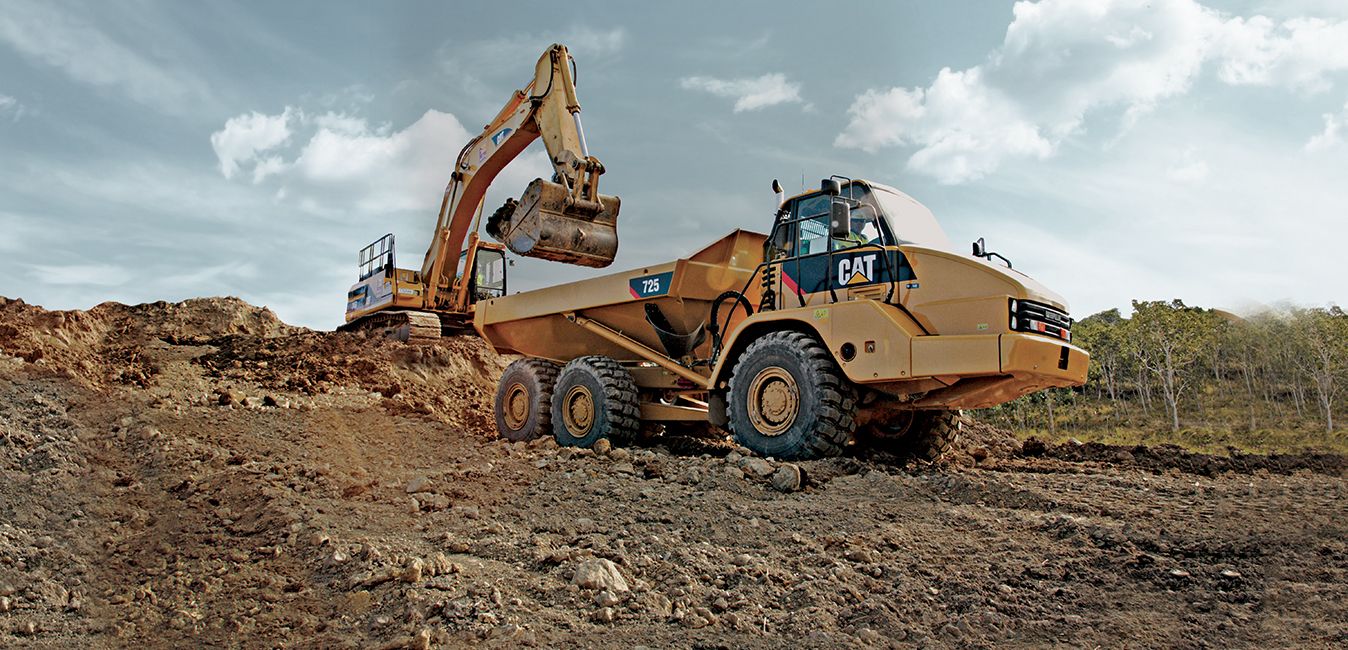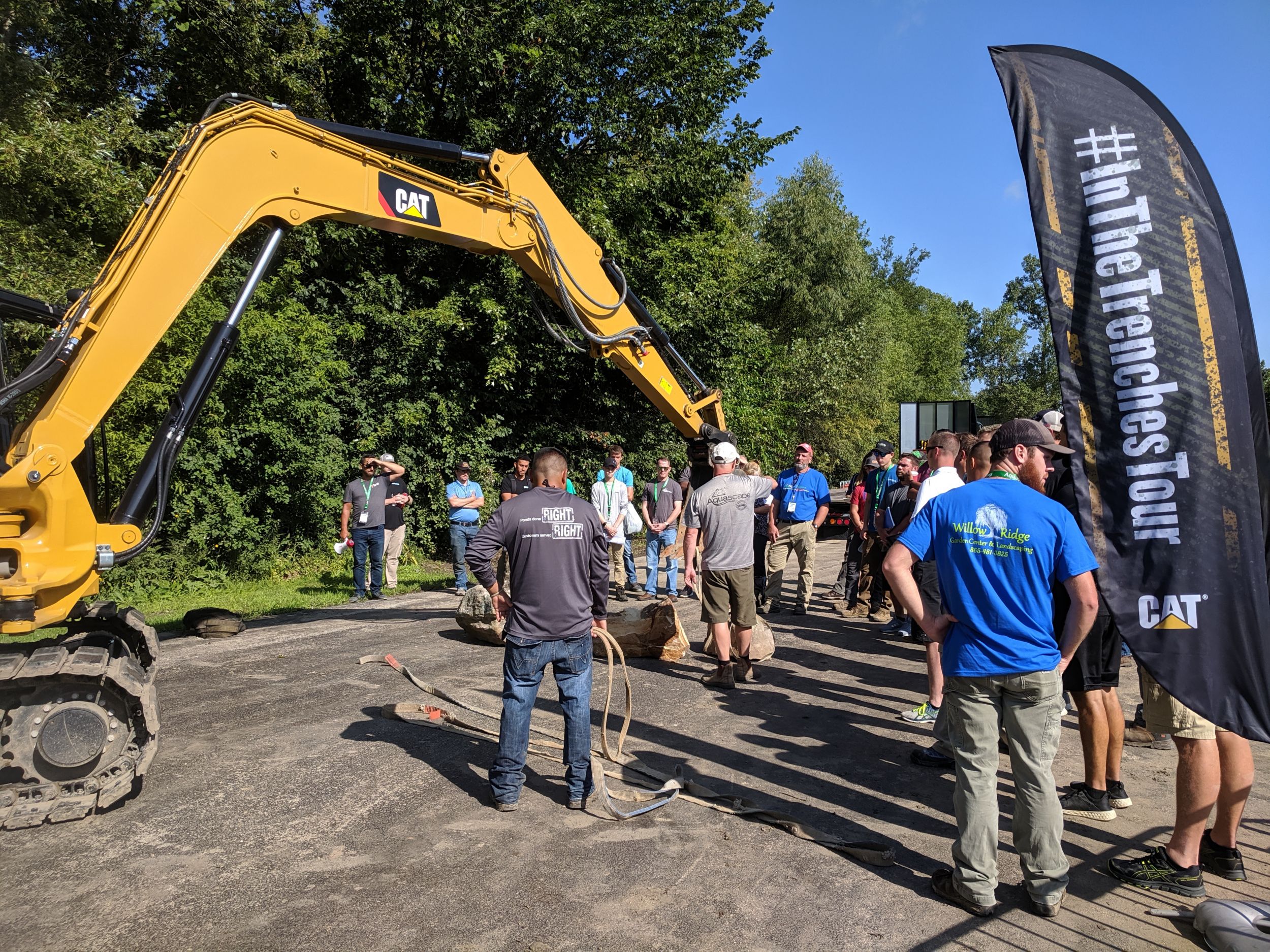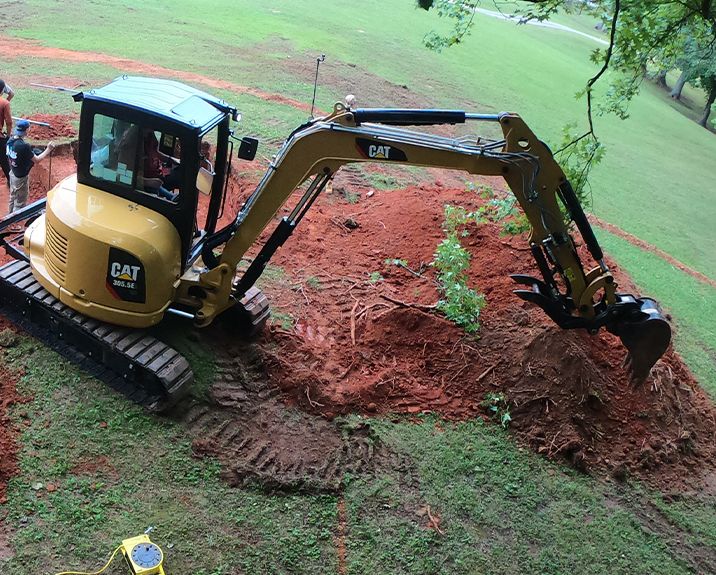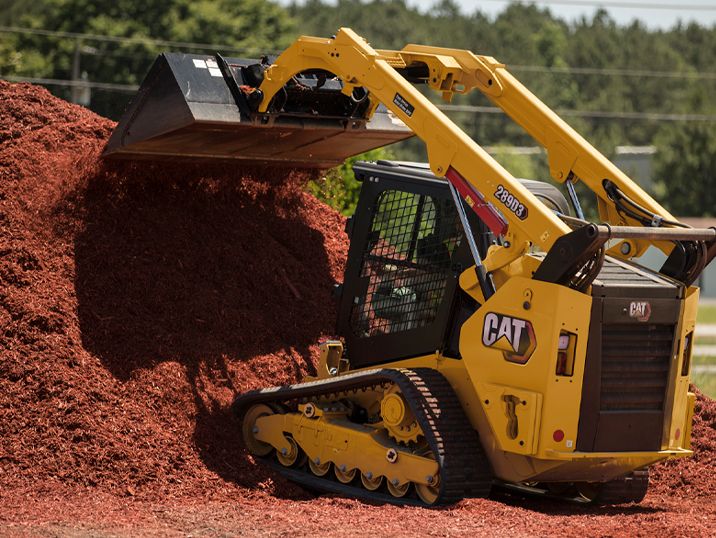If you already have an existing account with another Cat App, you can use the same account to sign in here.
One Account. All of Cat.
Your Caterpillar account is the single account you use to log in to select services and applications we offer. Shop for parts and machines online, manage your fleet, go mobile, and more.
Account Information
Site Settings
Security
Take Efficiency to
New Heights with
UAV Technology

There’s a new piece of equipment at work on construction and quarry sites around the world. It won’t dig, push, load or haul. But it will fly– at speeds of up to 100 miles per hour–taking pictures and capturing data that can be used to improve safety, efficiency and profitability.
Some call it a “drone.”
Caterpillar prefers “UAV” (which stands for Unmanned Aerial Vehicle).
And the US government uses the term “sUAS” (which stands for small Unmanned Aircraft System).
No matter how you refer to this technology, now is a great time to learn more about it.
Start with The Fundamentals
Technology at a Glance
UAVs in Action
One Quarry’s Experience
Key Challenges
A UAV is defined as an aircraft with no pilot on board. It can be remote-controlled from the ground or it can fly autonomously, guided by a pre-programmed flight plan. UAVs can be used for recreational or commercial purposes.
- Commercial use in the US is legal if the user complies with FAA Section 14 CFR Part 107.
In our business, contractors and aggregates producers are sending camera-equipped UAVs into the air to take dozens—if not hundreds or thousands—of images. The pictures, which are linked to GPS data, can be stitched together with special software, transforming them into a 2D or 3D site model. The model can be used to:
- Assess progress on a project—daily, weekly or at some other regular interval
- Locate specific areas where work is falling behind schedule
- Measure stockpile volume
- Determine the amount of overburden that needs to be removed from an area
- Monitor width and slope of haul roads
- Analyze quarry faces and berms
- Inspect hazardous areas
- Confirm that employees are wearing protective gear and working safely
- Get a high-level view of operator technique, load-zone placement, tire rotation and other factors that affect efficiency
- Show clients work in progress
- Create images for marketing presentations and materials
These tasks and many others can be done quickly, accurately and economically with UAV systems—assuming you have access to the right technology, analytics and expertise.
Aim High
Look for UAVs to take off in the construction and aggregates sectors over the next few months and years. As this technology evolves, you’ll be able to combine machine data from your telematics systems with geo-spatial data from UAVs—giving you the power to take site efficiency to all-new levels.
RELATED ARTICLES
You’re here to get ideas to grow your business. Read on for machine insights and expert tips and tricks to get more out of every job.
-
Pondemonium 2019 Recap: Taking Pride in Your Landscape Work
Serene waterfalls. Babbling brooks. Tranquil ponds. And the quiet purr of Cat® equipment in the distance … sounds like a little piece of paradise, right? That’s just what we found when we arrived at Pondemonium 2019 a few weeks ago with our In The Trenches Tour featuring Next Generation Cat Mini Excavators. This experience was like no other landscaping event in world. And we couldn’t wait to share a recap with you in the latest “On The Level” blog. If you don’t already love your job, you will after reading this!
Learn More -
Use Less Salt for Eco-Friendly Snow Removal
Reducing salt consumption with the use of attachments is not only cost-effective - it’s also an eco-friendly snow removal method.
Learn More -
Certified Aquascape Contractors
Learn how to expand your landscape business’s services with water feature installations. Partnering with Aquascape Inc. to become a Certified Aquascape Contractor (CAC) opens up a valuable range of business opportunities.
Learn More -
Landscape Labor Shortage Solutions
As we start a new year, there’s no better time to adopt some landscape labor shortage solutions for your business.
Learn More






